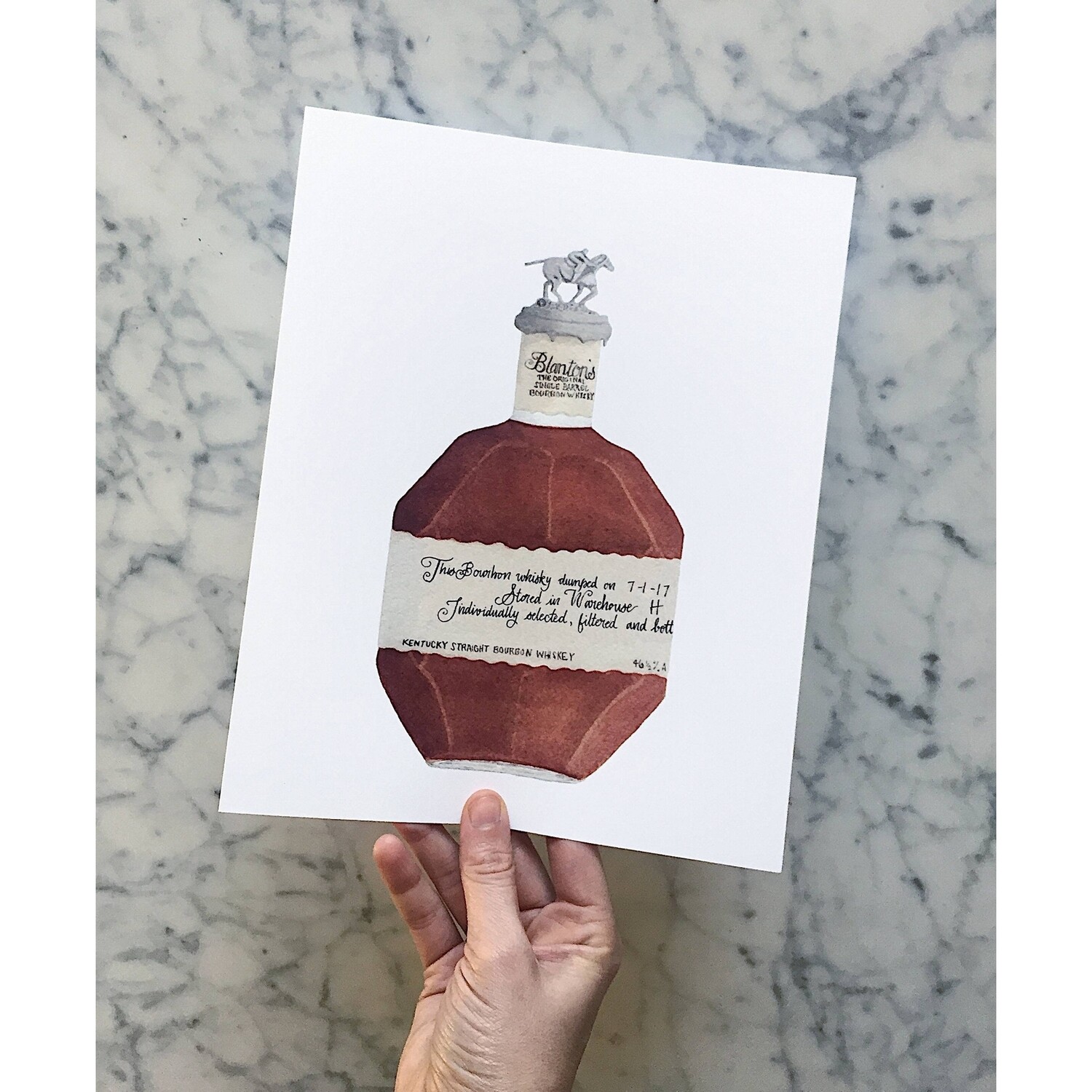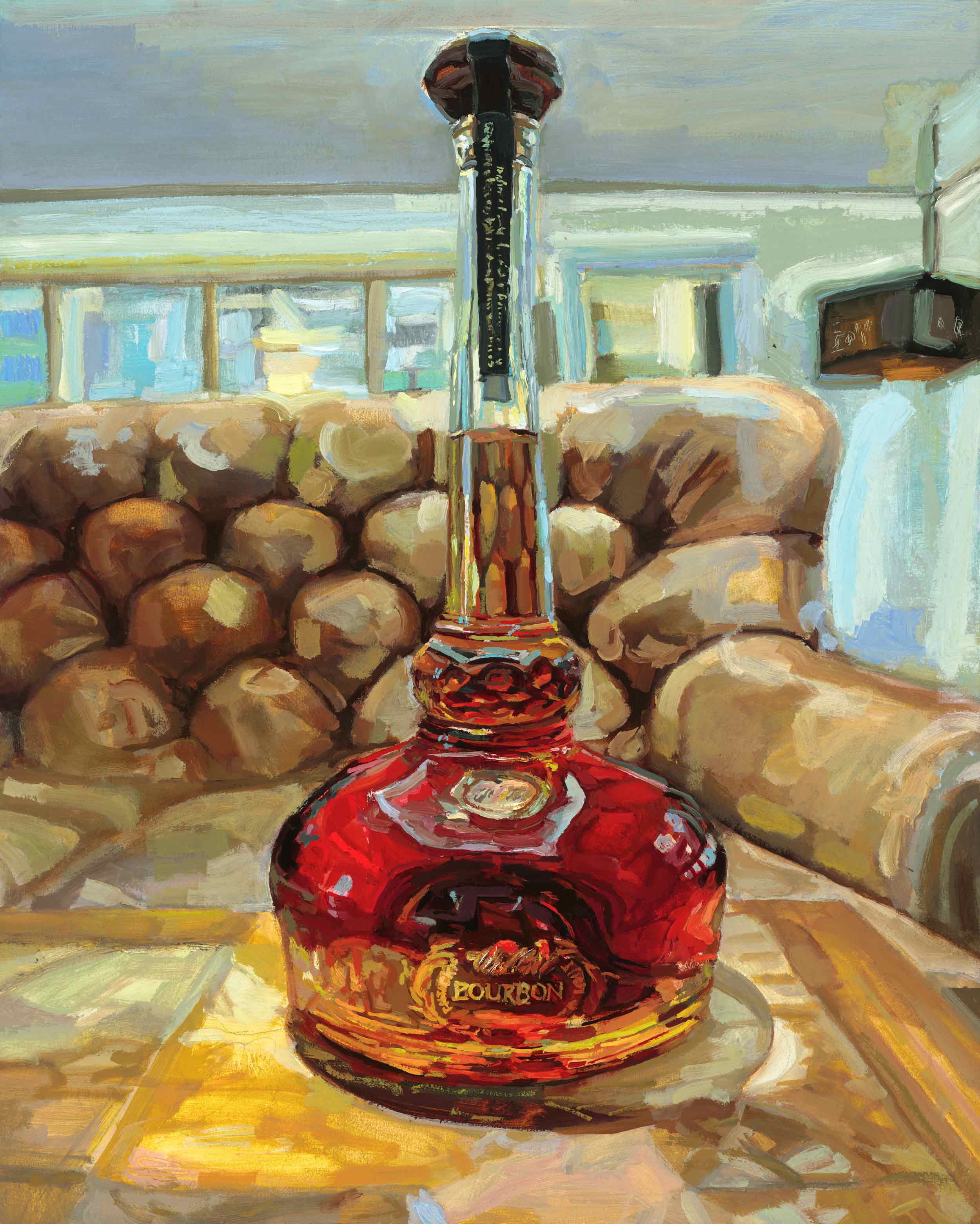Limited Edition Bourbon Art: Why Collectors Are Gathering to Special Finds
Wiki Article
The Significance of Whiskey Art in Celebrating Heritage and Craftsmanship in the Beverage Industry
The complex relationship in between scotch art and the celebration of heritage and workmanship within the beverage sector can not be overstated. Via thoughtfully made containers and labels, bourbon brands encapsulate their historic origins and the artisanal skills that define their manufacturing methods.The Historic Roots of Whiskey
At the heart of whiskey's appeal exists a rich tapestry of historic roots that map back to old worlds. The beginnings of scotch can be connected to the distillation methods of the Sumerians and Babylonians around 2000 BCE, where very early forms of fermented grain drinks began to emerge. It was in the Middle Ages that the art of distillation evolved considerably, especially in Ireland and Scotland, leading to the production of whiskey as we understand it today.
The term "scotch" itself stems from the Gaelic word "uisce beatha," meaning "water of life." This expression underscores the social value of whiskey in Celtic societies, where it was usually connected with routines, events, and public bonding. By the 15th century, distillation became an acknowledged craft within monastic neighborhoods, leading the means for the facility of legal distilleries.
As trade routes expanded, scotch's popularity grew, transcending regional limits and capturing the rate of interest of lovers worldwide. Limited Edition. This historic trip shows not just the workmanship behind scotch production however additionally its integral role in social and cultural contexts, noting it as a substantial drink throughout background
Artistic Expression in Branding
Scotch branding stands as a compelling intersection of creativity and commerce, where visual identity plays an essential role in shaping customer assumption. The visual appeals of whiskey tags, packaging, and advertising materials reflect not just the brand name's story but also its core worths and heritage. With creative expression, distilleries convey a story that reverberates with consumers, evoking feelings and stimulating connections.The use of color, typography, and images in branding serves to differentiate items in a saturated market. For example, typical themes might evoke a feeling of authenticity and workmanship, while modern layouts can represent innovation and forward-thinking. This critical artistic instructions boosts brand acknowledgment and commitment, enabling customers to build an individual relationship with the scotch they pick.
Moreover, creative expression in branding often serves as a party of local heritage. Distilleries frequently integrate local signs or historical references into their layouts, creating a local color that invites consumers to take part in a more comprehensive social experience. Eventually, the virtuosity behind bourbon branding not only enhances visual appeal however additionally improves the overall narrative of the brand, promoting a much deeper admiration for the workmanship and heritage embedded in each bottle.
Workmanship in Container Layout
The virtuosity evident in whiskey branding extends beyond visual identity to include the craftsmanship associated with bottle layout. Each bottle functions as a vessel not just for the spirit within, however likewise for the tale it informs regarding its tradition, high quality, and origin. The style process requires meticulous focus to information, as aspects such as closure, form, and product add significantly to the overall understanding of the whiskey.Workmanship in bottle style includes choosing premium glass that can enhance the scotch's color and clarity, while additionally supplying a tactile experience for the consumer. The shape of the bottle must be both cosmetically enticing and practical, frequently mirroring the heritage of the brand name. Numerous distilleries choose special shapes or printed logos that stimulate a sense of credibility and background.
Moreover, the tag design and typography play a crucial duty in communicating the brand name's narrative. Realism Art. A well-crafted bottle not just captivates the customer's eye but additionally reinforces the brand name's commitment to high quality and tradition. In this method, the craftsmanship of bottle layout becomes an essential element of the bourbon experience, merging creativity with an extensive respect for heritage
Social Significance of Scotch Art
Commemorating tradition and craftsmanship, the cultural significance of whiskey art goes beyond mere visual appeals, linking with the historical and social narratives of the areas where it originates. Each container functions as a canvas, depicting the special tales, mythology, and traditions that have formed neighborhood whiskey-making practices. The elaborate layouts often reflect the heritage of the distillers, integrating icons and concepts that resonate with the culture and values of their neighborhoods.
Additionally, bourbon art plays an important duty in communal events and parties, serving as a concrete web link between people and their shared experiences. By valuing the artistry in scotch product packaging, customers cultivate a deeper understanding and regard for the craft, ultimately enriching their enjoyment of the beverage itself.
Modern Trends in Scotch Discussion
In recent times, the presentation of bourbon has actually evolved to show modern preferences and check my source trends while still honoring conventional workmanship - Realism Art. Distilleries are increasingly focusing on aesthetic components that boost the overall drinking experience, bridging the space between heritage and modernityIngenious container layouts have actually arised, often integrating sustainable materials and creative tags that inform engaging tales. Lots of brand names currently team up with neighborhood musicians, instilling their items with one-of-a-kind aesthetic expressions that reverberate with customers. In addition, limited-edition launches are usually packaged in collectible containers, including worth and allure for lovers.

Final Thought
Finally, bourbon art functions as a vital channel for revealing the heritage and workmanship integral in the beverage industry. Through elaborate branding, ingenious container styles, and culturally substantial imaginative components, whiskey brands effectively honor their traditions and get in touch with consumers. This creative narrative not only elevates the gratitude of scotch however likewise strengthens neighborhood identity and pride among manufacturers. Eventually, whiskey art plays an important function in preserving and celebrating the rich social tapestry of whiskey-making.

Craftsmanship in container style involves selecting high-grade glass that can boost the scotch's color and quality, while likewise offering a responsive experience for the customer. In this way, the workmanship of bottle design comes to be a crucial aspect of the bourbon experience, merging artistry with an extensive his response respect for heritage.
In verdict, scotch art serves as a crucial conduit for sharing the heritage and craftsmanship inherent in the drink industry.
Report this wiki page